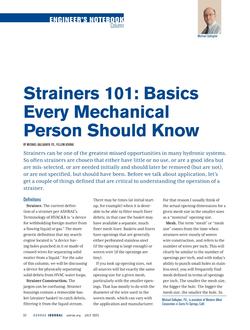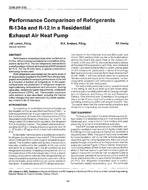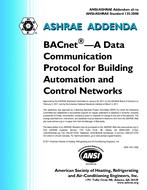Click here to purchase
Fresh air enters a building through its air intake. Likewise,building exhausts remove air contaminants from a building so wind can dilutethe emissions. If the intake or exhaust system is not well designed,contaminants from nearby outside sources (e.g., vehicle exhaust, emergencygenerator, laboratory fume hoods on nearby buildings) or from the buildingitself (e.g., laboratory fume hood exhaust) can enter the building withinsufficient dilution. Poorly diluted contaminants may cause odors, healthimpacts, and reduced indoor air quality. This chapter discusses proper designof exhaust stacks and placement of air intakes to avoid adverse air quality impacts.Chapter 24 of the 2017 ASHRAEHandbook—Fundamentals more fully describes wind and airflow patterns aroundbuildings. Related information can also be found in Chapters 9, 18, 33, 34, and35 of this volume, Chapters 11 and 12 of the 2017 ASHRAE Handbook—Fundamentals, and Chapters 29, 30, and 35 of the2016 ASHRAE Handbook—HVAC Systems andEquipment.Exhaust Stack and Air Intake Design StrategiesGeometric Method for Estimating Stack HeightExhaust-To-Intake Dilution or Concentration CalculationsOther ConsiderationsNo. of Pages: 13
Citation: 2019 ASHRAE Handbook¿¿¿HVAC Applications
Product Details
- Published:
- 2019
- Number of Pages:
- 13
- Units of Measure:
- Dual
- File Size:
- 1 file , 370 KB
- Product Code(s):
- D-A462019SI


